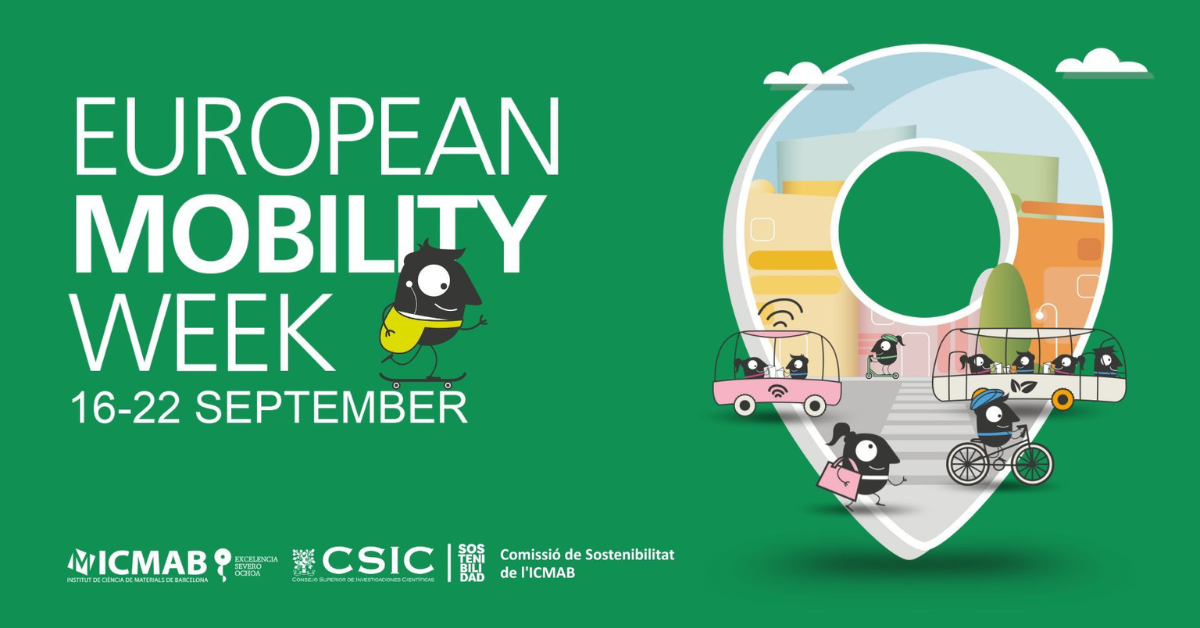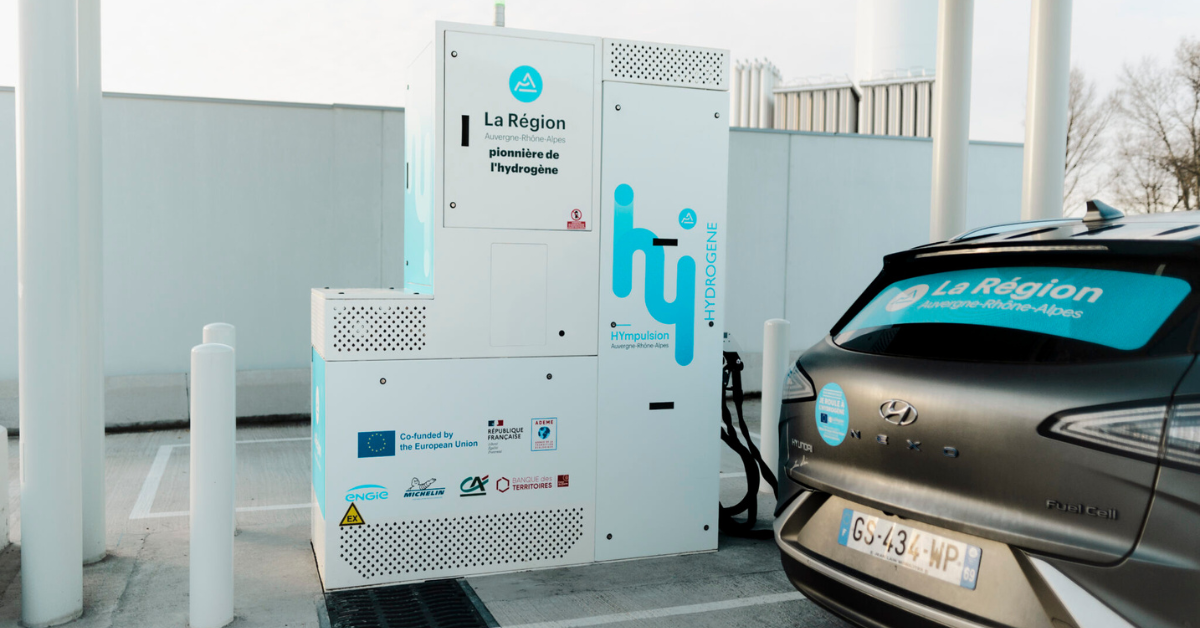Text1
The great and the good of the smart mobility sector tell Intertraffic about the innovative breakthrough solution that has revolutionised their world
When the halls of the RAI opened to Intertraffic visitors in March they did so for the first time in four years. In the intervening 40% of a decade a lot had changed… but how much? Three experts from different parts of the smart mobility and traffic management industry reveal what they believe have been the most game-changing and perhaps surprising new solutions to appear on the market in recent times.
Loading component...
quote quddus
Use of autonomous vehicles for transporting passengers and freight is on the rise. Robotaxis are already in place in some US cities providing a safe ride using autonomous technologies.
Text3
Electric air taxis solve a serious congestion issue. Bypassing traffic and reaching your destination swiftly is certainly desirable. Intermediate technologies providing enhanced level of automation is being employed to assist in data gathering for measurement, learning and validation by AI bots enabling fully autonomous functionality over a few years.
While regulatory approvals for the technology citing safety concerns, inclement weather, insurance and liability issues are some hurdles that will need time to overcome, the investors are keenly eyeing the market and are encouraged by the potential demand for services that will revolutionize mobility in urban environment.
Loading component...
quote john paddington
For a technology that has grown so rapidly in a short space of time, there are some challenges for cities to overcome.
Text2
Parking of vehicles and street clutter is still an issue, although this is where ITS technologies such as location services and kerb management allowing parking in certain zones really can help. The quietness of vehicles poses a risk of collision for those with eyesight impediments, although again technology is helping and many companies are experimenting with artificial noise generation.
What I am really interested in, is where these vehicles go in the next five years. Freight deliveries seem a good opportunity – only recently Amazon has launched its first fleet of electric cargo bikes. I’m also intrigued to see how the range of vehicles expand as the technology matures. This is something that ERTICO are exploring with our partners in the Solutions+ project which is looking at a whole range of electric vehicles including scooters, mopeds, bikes, quadricycles, tuk-tuks in Europe, Asia, Africa and South America. Of particular interest are the needs for women and families. The project is also recruiting female drivers, who are often under-represented in current deployments.
Loading component...
quote jonna
The most innovative mobility breakthrough in the last 5 years has been the concept of Mobility-as-a-Service (MaaS) as it has taken us away from thinking about each mobility service individually




